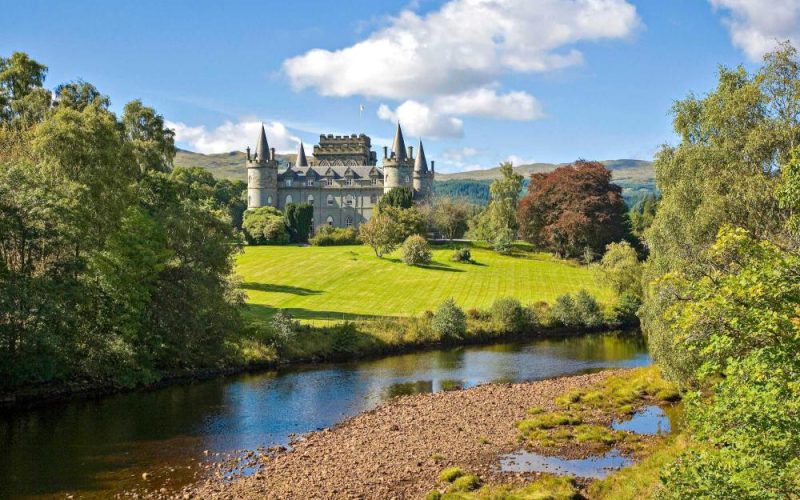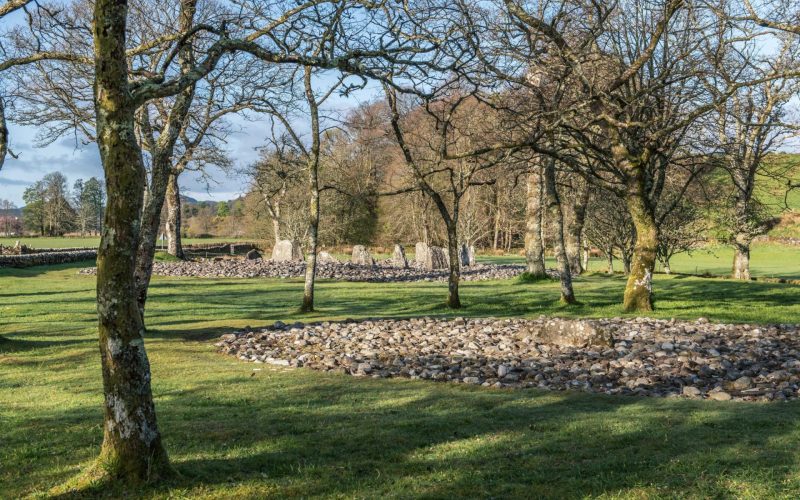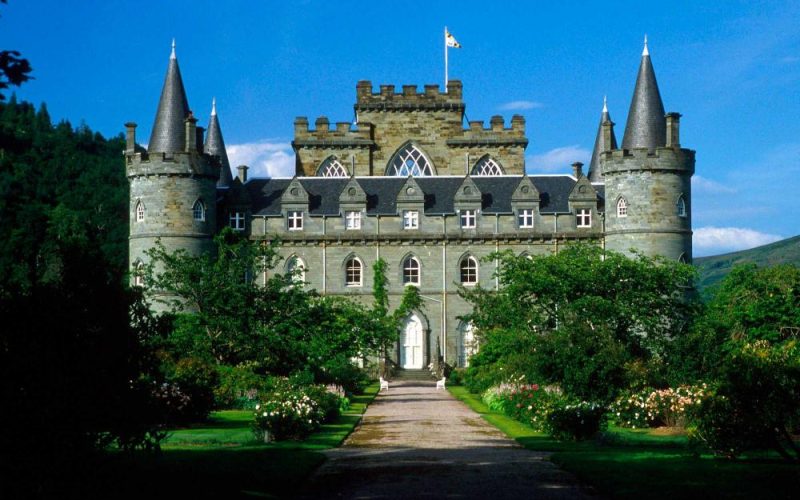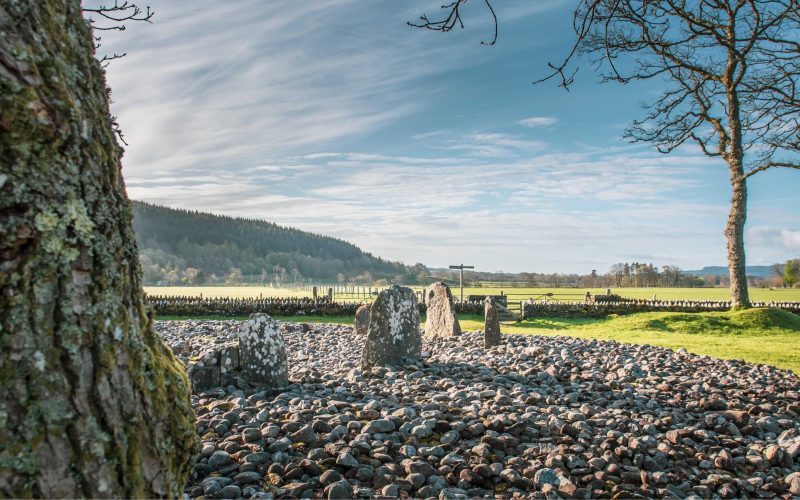Travel south along the A816 towards Lochgilphead where the sea lochs reach out to greet you at every corner. At the head of Loch Feochan the funeral route from St Andrews would transfer the bodies of Scottish Kings onto a boat for the final leg of their journey to the sacred island of Iona. Just before Kilmartin, Carnasserie Castle can be seen on the right where Bishop Carswell wrote the first book in Gaelic. The Neolistic site and Dunadd are both nearby.




£450
£475
£500
8 hours
Obtain quote
The museum is located in the village of Kilmartin and centrally positioned to explore the glen thereafter. A visit to the museum is recommended as it provides background information that will enhance your understanding and appreciation of this ancient site. The standing stones and burial mounts are cold places and can detach you from the lives of people who built them. The archaeological artefacts and illustrations allow you to contextualise the monuments in this important sacred glen. The museum has a friendly reception area, an excellent bookshop, café and toilets. The parish church next to the museum has a collection of early Christian and medieval grave slabs.
Stroll through the glen and explore ancient burial mounds and standing stones. The area is one of the richest concentrations of prehistoric monuments and historical sites in Scotland. Over 5000 years of human existence stretches across this ancient valley. It contains over 350 monuments within a 6-mile radius with 150 being prehistoric. The monuments include: chambered cairns, round cairns, cists, standing stones and rock carvings. The inhabitants of this area in Scotland pre-date the pyramids and they constructed unique linear cemeteries at Nether Largie South and stone circles at Templewood.
Dunadd was originally an Iron Age hillfort that dominates a raised rocky outcrop. Standing proudly above the Moine Mhor (the great moss) Dunadd became the capital of the ancient Kingdom of Dal Riata between AD 500 and AD900. This was one of the most important places of its time with a buoyant crafts industry and strong trading activities across Europe. It was thought that kings were anointed here. The original Scots were migrants from Ireland who settled across Argyll in ever greater numbers. They were known as Gaels because they shared the common language of Gaelic. The Latin speaking fraternity in the south referred to them as Scoti, thought to be a derogatory term that scribed them as pirates.
Inveraray Castle is a country house near Inveraray on the shore of Loch Fyne, Scotland’s longest sea loch. It has been the seat of the Duke of Argyll, chief of Clan Campbell, since the 18th century. The Campbells were politically astute with a canny knack of picking the winning side during inter-clan and national disputes. The hugely-influential clan played an important role in shaping modern Scotland; however, the contentious massacre of the MacDonalds in Glencoe in 1692 has tarnished their reputation and will never be forgotten.
The museum is located in the village of Kilmartin and centrally positioned to explore the glen thereafter. A visit to the museum is recommended as it provides background information that will enhance your understanding and appreciation of this ancient site. The standing stones and burial mounts are cold places and can detach you from the lives of people who built them. The archaeological artefacts and illustrations allow you to contextualise the monuments in this important sacred glen. The museum has a friendly reception area, an excellent bookshop, café and toilets. The parish church next to the museum has a collection of early Christian and medieval grave slabs.
Stroll through the glen and explore ancient burial mounds and standing stones. The area is one of the richest concentrations of prehistoric monuments and historical sites in Scotland. Over 5000 years of human existence stretches across this ancient valley. It contains over 350 monuments within a 6-mile radius with 150 being prehistoric. The monuments include: chambered cairns, round cairns, cists, standing stones and rock carvings. The inhabitants of this area in Scotland pre-date the pyramids and they constructed unique linear cemeteries at Nether Largie South and stone circles at Templewood.
Dunadd was originally an Iron Age hillfort that dominates a raised rocky outcrop. Standing proudly above the Moine Mhor (the great moss) Dunadd became the capital of the ancient Kingdom of Dal Riata between AD 500 and AD900. This was one of the most important places of its time with a buoyant crafts industry and strong trading activities across Europe. It was thought that kings were anointed here. The original Scots were migrants from Ireland who settled across Argyll in ever greater numbers. They were known as Gaels because they shared the common language of Gaelic. The Latin speaking fraternity in the south referred to them as Scoti, thought to be a derogatory term that scribed them as pirates.
Inveraray Castle is a country house near Inveraray on the shore of Loch Fyne, Scotland’s longest sea loch. It has been the seat of the Duke of Argyll, chief of Clan Campbell, since the 18th century. The Campbells were politically astute with a canny knack of picking the winning side during inter-clan and national disputes. The hugely-influential clan played an important role in shaping modern Scotland; however, the contentious massacre of the MacDonalds in Glencoe in 1692 has tarnished their reputation and will never be forgotten.